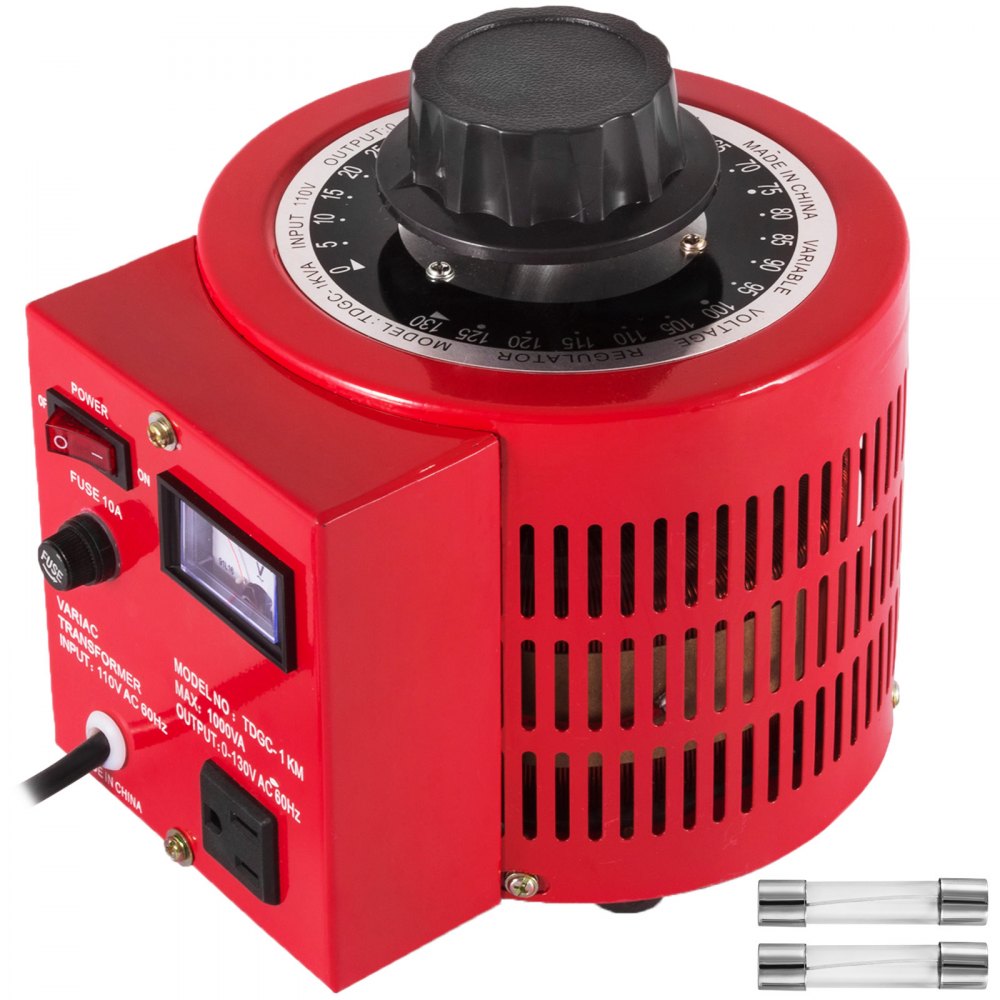Harry Klippton
Well-known member
I want to know how circuits use bipolar DC power, and for what reason. I've got a good handle on how AC is turned into DCDo you mean how do circuits deal with AC power or how bipolar DC input works?
I want to know how circuits use bipolar DC power, and for what reason. I've got a good handle on how AC is turned into DCDo you mean how do circuits deal with AC power or how bipolar DC input works?
I want to know how circuits use bipolar DC power, and for what reason. I've got a good handle on how AC is turned into DC
Op amp circuits very often use dual rail supply (+V/-V). The signal and op amp inputs are biased around 0V, which is the mid point between +V and -V. In a nutshell.
IME those are overwhelmingly AC->DC, with voltages that can easily hit 16-20V. Great way to power cheap TPA3118 power amp modules though.There’s usually a bunch of laptop power supplies at thrift stores for a few bucks.

No polarity.I'm gonna have to open it up. The polarity isn't marked on the chassis either so I'm gonna have to do some snooping
Those are certainly Ac-DcThere’s usually a bunch of laptop power supplies at thrift stores for a few bucks.
We keep every PSU we've stumbled across. Others keep every newspaper ever printed...I think we may have lost track of what the OP was asking for: a way to power his box without having to buy a new AC wall wart
He's got to have a 12V transformer somewhere around the house though, if it's anything like my house.
Speaking of, the first AC-powered box I saw was an Alesis 3630 compressor. 9VAC input. I doubt it even uses voltage regulators inside at this input voltage.But hey, at least it's not an old piece of Alesis gear that uses a 16vacct supply! Talk about unicorns!
Ah dang, forgot about the DC conversion haha.IME those are overwhelmingly AC->DC, with voltages that can easily hit 16-20V. Great way to power cheap TPA3118 power amp modules though.
Something close to this. Luckily I had enough time to pop a couple screws off and open the chassis. There are at least 3 regulators, two with heat fins. But it looks like a few of the caps at the power input blew their load. I was in a rush so I didn't get great pics. Maybe I'll get back to it laterFor reference, the AC-powered effect very likely has something like this inside. Or maybe even just D1-D2-C1-C2 if it's really cheap.
View attachment 65480






Nothing seems obviously wrong with it with the exception of the three big leaky caps -- probably want to replace all the electrolytics or at least the bigger ones -- as an obvious place to start.Something close to this. Luckily I had enough time to pop a couple screws off and open the chassis. There are at least 3 regulators, two with heat fins. But it looks like a few of the caps at the power input blew their load. I was in a rush so I didn't get great pics. Maybe I'll get back to it later
View attachment 65485View attachment 65486
For reference, this is the unit:
View attachment 65487View attachment 65488View attachment 65490
